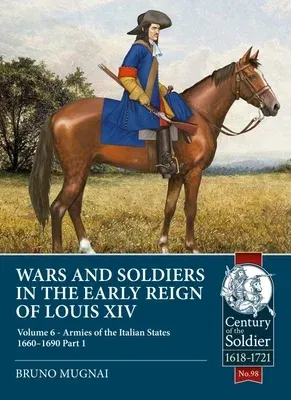It was a commonplace that Italy offers little of interest to military
historians after the full flower of the Renaissance, and that it had
been deservedly forgotten. Italian Risorgimento desperately wanted to
repudiate the values of the previous centuries. In place of a
politically fragmented and militarily weak collection of small states,
in the thrall of Counter-Reformation Catholicism, the 19th century
historians dreamed of a united, secular, industrial and well-armed
country that could withstand comparison to France, England and Germany.
The lack of interest on this period increased even more under the
fascist regime, which preferred to elude a period in which Italian
states appeared as political entities dominated by foreign interference
and focusing on the unreal Imperial myth reworked from the vestiges of
the monuments of ancient Rome.
However, in the 17th century Italy was the third-largest country by
population in Europe, after France and Germany, passing into second
position for a century after 1650. Northern as well as southern Italy
constituted a key place in the strategic duel between Spain and France,
and the Peninsula lied on the front line in the struggle against the
Ottoman Empire. Moreover, Italian states constituted good examples of
fairly efficient governance machines, which developed many matters,
included the 'Military'. Some of these states experienced long periods
of wars, to the point that the claim regarding social elites
progressively demilitarized to an unequaled extent anywhere else in
Europe should be considered no longer valid.
This first part of Volume 6 places Italian political and military within
the wider European context and examines the armies of Savoy-Piedmont and
the Republic of Venice.

